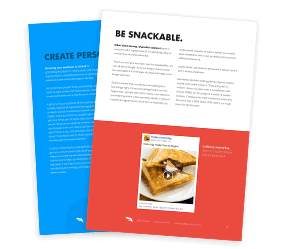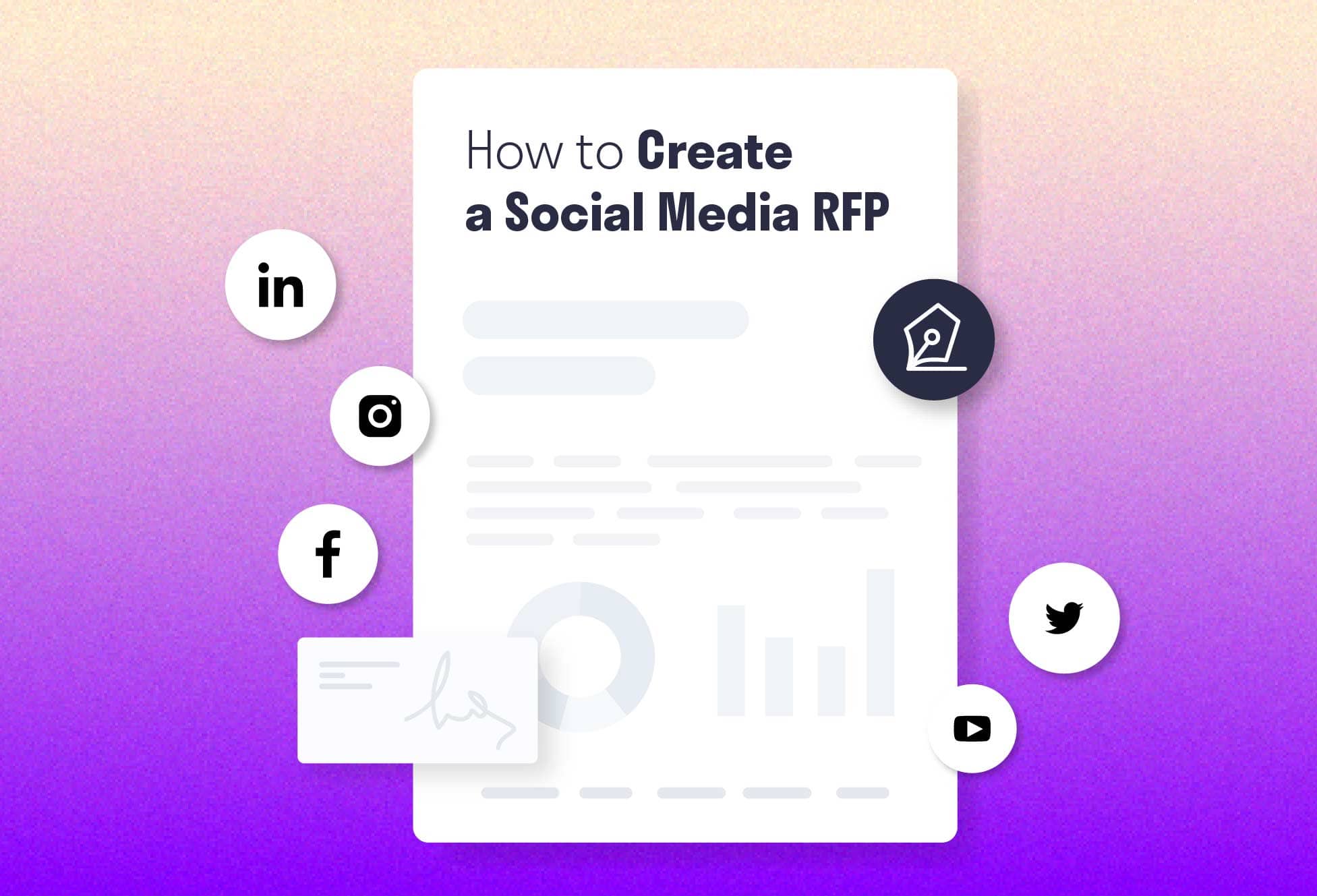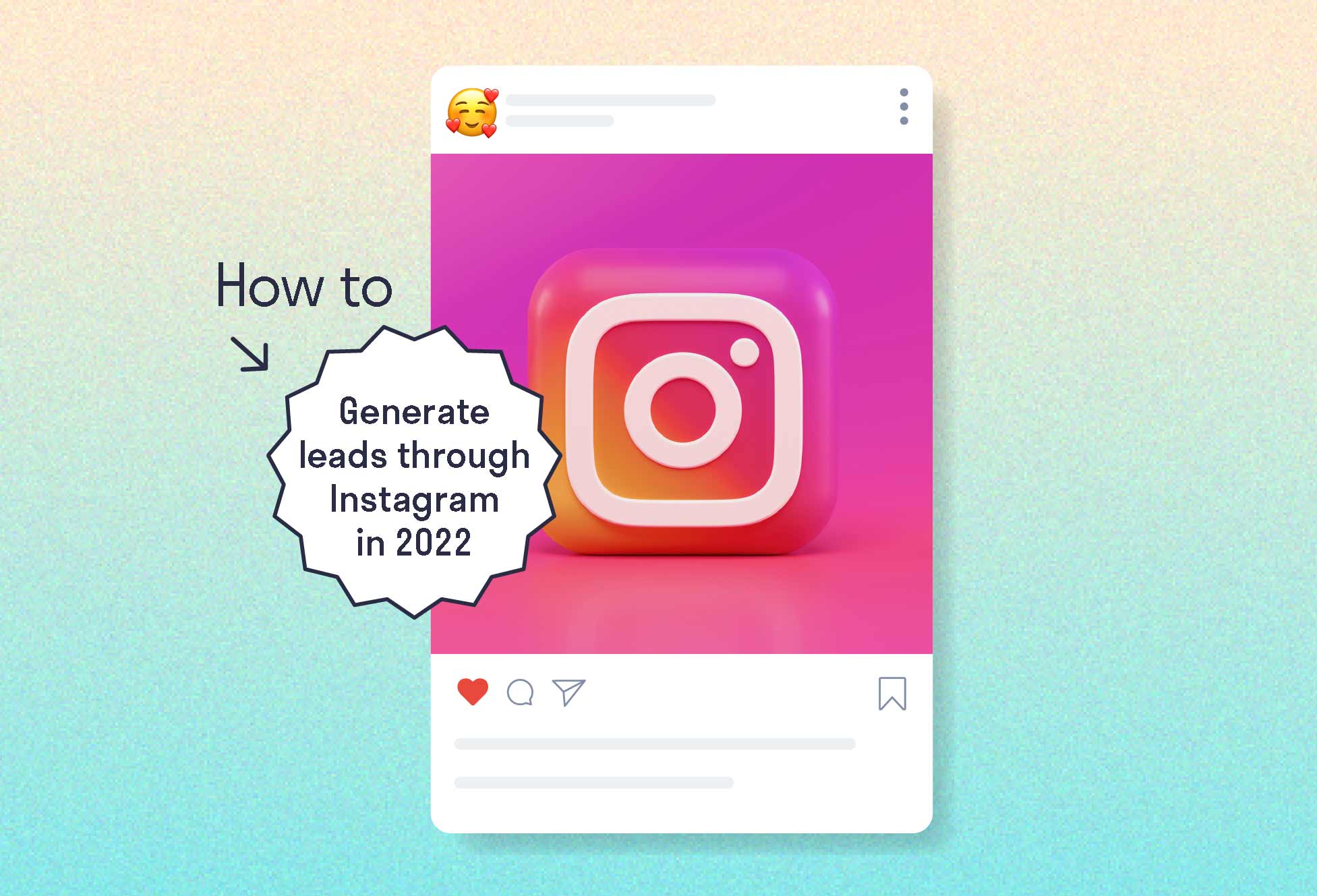Are you up to date on the demographic trends for each social network? Every channel provides data on its average user, and marketing outlets often spout advice on adapting content for these overall demos. Facebook skews slightly female, Snapchat has the youngest audience, and millennials turn to YouTube first for video content. But do you know your user demographics on each channel?
The typical LinkedIn user is between 30 and 49 years old—but what is the story behind your typical LinkedIn user, the one who is most likely to follow your company’s page?
At Falcon Social, we recommend using social customer personas for more effective content—that is, adapting your content marketing to meet the needs of your audience on each platform. By curating the content you post across each channel based on the personas of your average fan and your ideal customer, your content will resonate with your audience and in effect reach more people.
Employ a persona-targeted posting strategy with tactics that lean on the strengths of each social outlet, and your posts will soar.
Here are three examples—one on Facebook, one on Twitter, and one on LinkedIn—of brands that are targeting their customer personas with distinctive campaigns adapted for each distinctive platform.
Sour Patch Kids Rocks on Twitter, Texts on Facebook
Laura Henderson, who works in US Media and Communications at Mondelez International, led a panel at the 2015 ClickZ Live Conference called “The New Content Economy.” Laura introduced Mondelez’s internal ad studio for social media.
The team approaches its social distribution strategy with the mantra “post little, but often.“
One of its most successful campaigns, she said, was for the candy Sour Patch Kids.
Before launching a campaign for the candy, Mondelez took a look at the current state of Sour Patch Kids on social. They turned to social demographic data first, and had a look at the current audience and what the fans already liked. From there, they would brainstorm a campaign that produced lots of content they could post little bits of across channels, at a rapid pace.
The ad studio found their ideal customers might not follow their brands on Twitter, but the teens certainly follow bands on Twitter.
Sour Patch Kids opened up two houses for traveling indie artists to crash for free while touring—one in Austin, and one in Brooklyn. The only catch was, the bands had to take pictures of their stays and post across social.
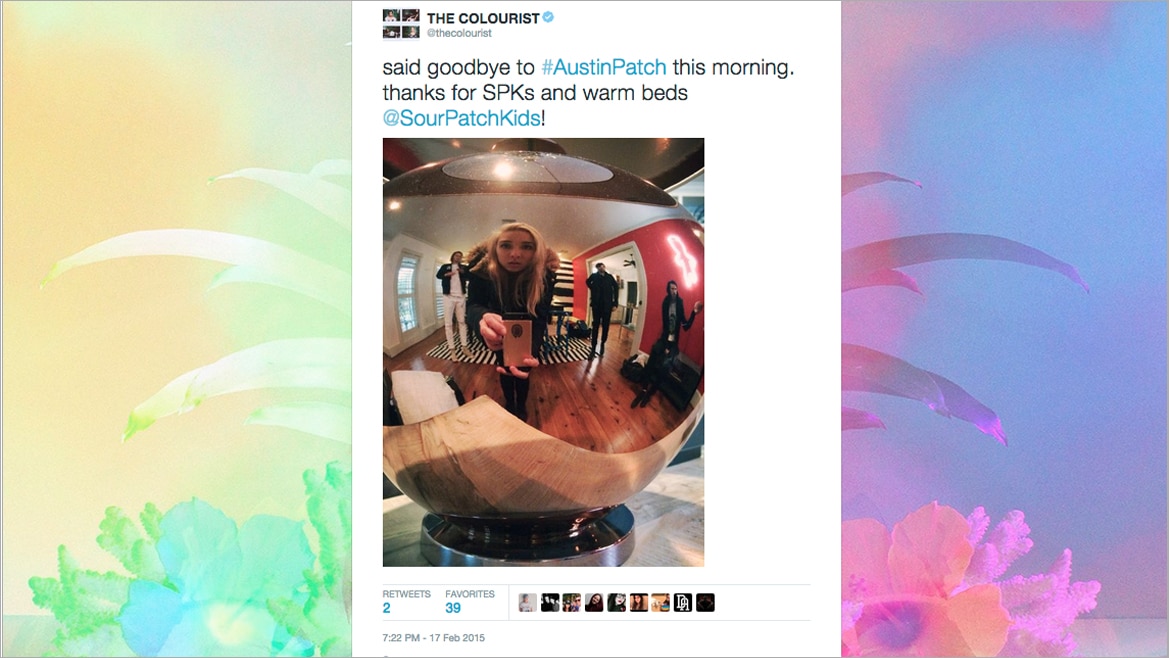
“If there are hard KPIs or metrics behind the campaign, [Sour Patch Kids] is keeping them close to the vest,” says AdAge–“as long as we’re part of the conversation.” But with the smattering of press the campaign received alone, the campaign was a huge success.
Sour Patch Kids also found their current audience on Facebook loves to text.
So Sour Patch Kids experiments with ad-hoc posts like this one, which inserts the candy lightheartedly into the interests of its fans.
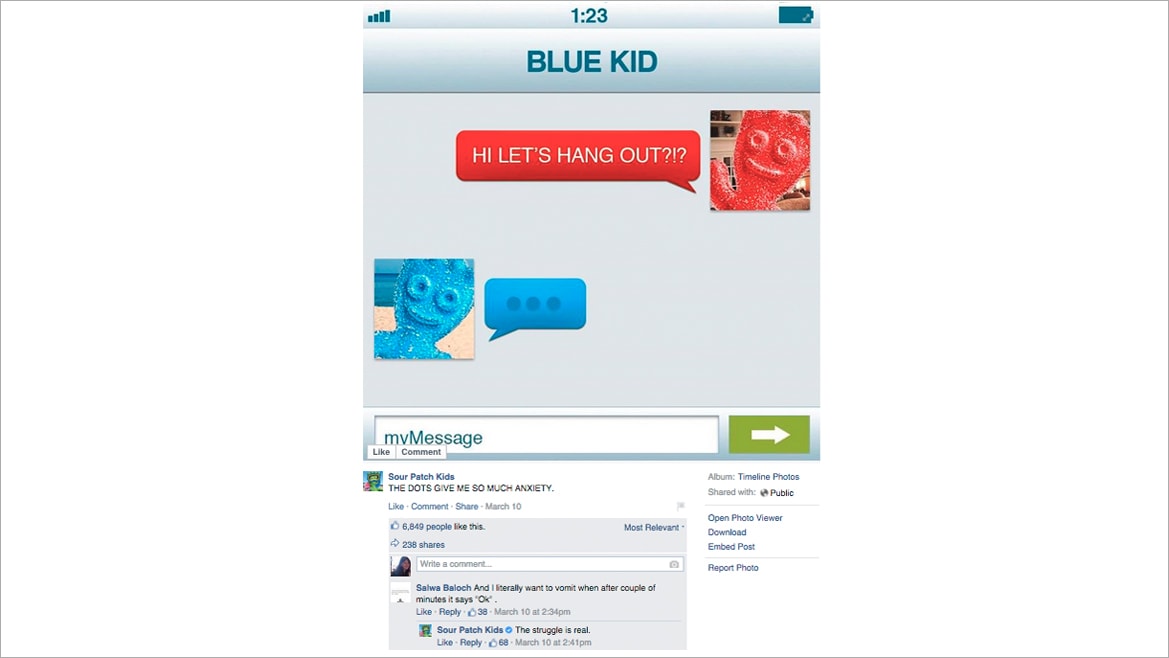
Heineken Goes 1:1 on Twitter
Knowing its audience interests and leaning into the power of one-to-one engagement on Twitter has been a powerful strategy for Heineken.
Heineken’s Executive Director of Global Marketing, Søren Hagh, revealed what’s worked best for Heineken over the last two years on social at the 2015 DMEXCO Conference. The beer brand also turns to its social data first to craft the content of its campaigns.
Heineken’s Twitter audience is very male, and indexes very high with the football league Heineken sponsors, Europe’s Champions League. Søren found a great opportunity here to maximize the value of the beer’s sponsorship with the football league.
Knowing its target persona of male football fans were watching the games on TV and taking to Twitter on the second screen, Heineken set up one football player at a time to respond to any fans who tweeted with the hashtag #sharethesofa. It created a great stir of excitement for the one-to-one celebrity engagement-—and generated over 1.2 billion views since launch.
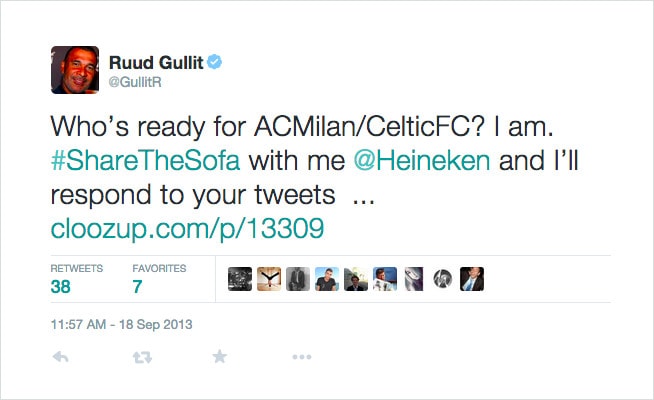
Think with Google Informs LinkedIn
Experimentation in all of this is absolutely essential, and Think with Google acted fast to experiment with new ad types on LinkedIn.
In January 2015, LinkedIn significantly altered its homepage. Company updates now occupied much more real estate. Posts looked bigger and brighter, and pictures were now stretched across the entire width of the news feed.
Falcon Social found that company posts with pictures received twice as much engagement as posts with links.
Google’s social team jumped on this and launched a campaign to promote Think with Google, its outlet for marketing industry news and best practices.
Think with Google published and promoted wide, colorful pictures filled with the most recent statistics on consumer behavior. Not only did Think With Google employ content suited to its target persona, it adapted its posting tactics to take advantage of the design update.
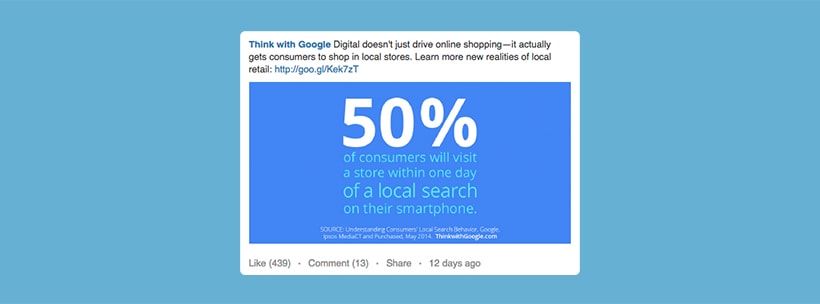
The Think with Google showcase page on LinkedIn has been consistent since the campaign launched, chock full of regular engaging updates informing marketers the latest best practices.
Craft your social posts and content separately for each network. Think about your target personas when creating your content. What interests do your fans index highest with? Do you have an “ideal” consumer, and if so, where do you look to find them? How are you matching what you know about your audience with the best practices for each network?
Consider personas while creating your content strategy, and become more helpful and relevant to your current and future audiences.
